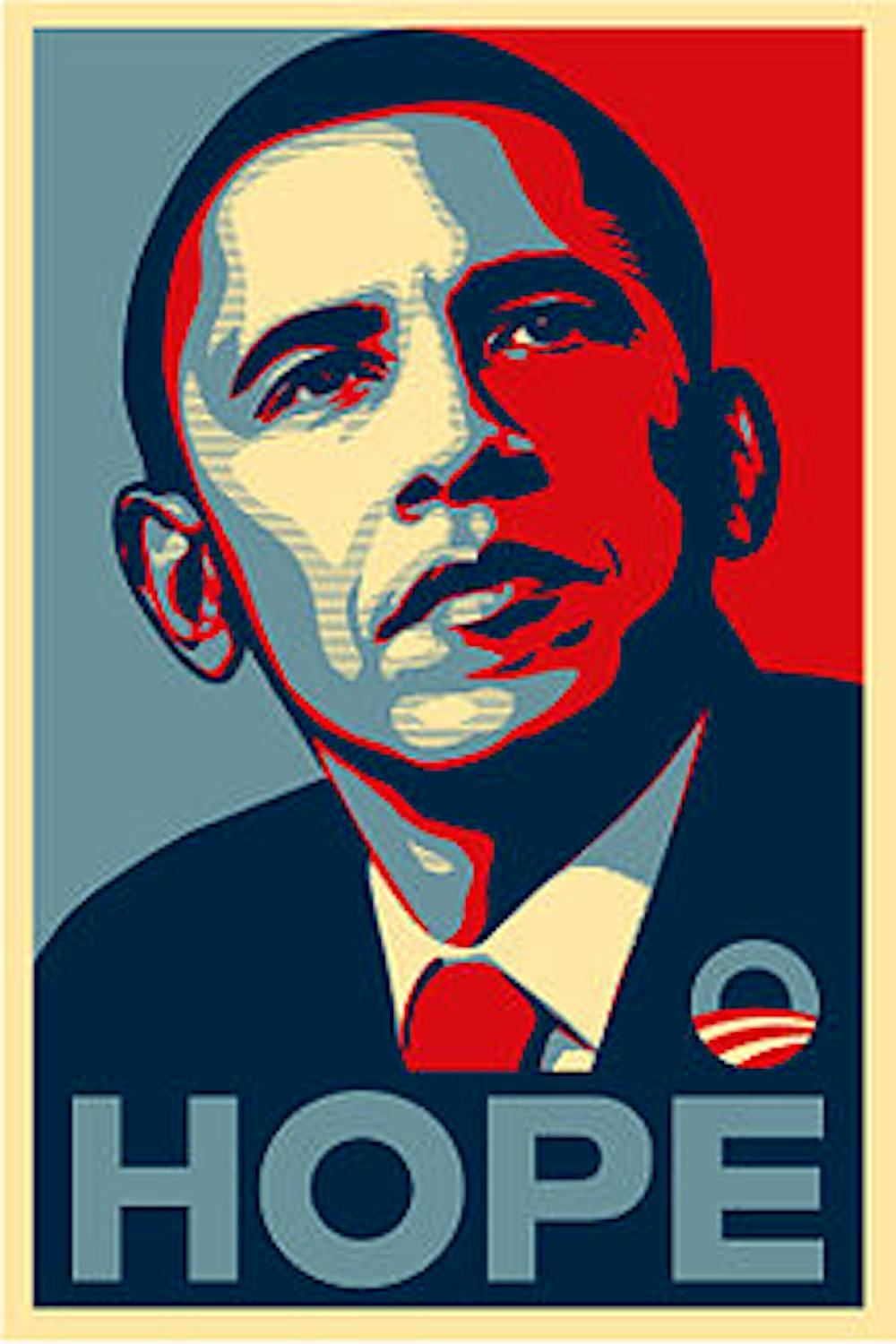When we look to the now–iconic image of HOPE from the 2008 Obama campaign, it’s hard to believe we can trace it all back to a single artist—Shepard Fairey. Or at least that's how we've credited it. Fairey was entangled in a lawsuit with the Associated Press (AP) after using one of the corporation’s photographs as a source image for his poster. In the wake of this dramatic lawsuit, we are left with the shattered remains of the legendary street artist’s reputation.
This case stirs up a difficult question in the modern art world: how do we distinguish copyright infringement from a contemporary reference to popular culture? We can try to look back in history at Richard Prince, Jeff Koons and the famous Andy Warhol—all of whom were sued for similar references to source images. If an artist is sued after his work enjoys exponentially more success than the original “stolen” piece, does this invalidate the lawsuit altogether?
Fairey’s “HOPE” is an image of “Fairey–red” (a color integral to many of the artist’s other works), off–white, and light blue. It bears the bold contours and cropped composition undeniably consistent with the artist’s distinctive style. Shouldn’t the AP be, if anything, grateful its image became so popular? After all, the photograph of then–senator Obama lay dormant for two years before it was revitalized and given a new life through the lens of Fairey’s creative genius. Because of Fairey, the image gave the Obama campaign an iconic brand, inserting itself into the pages of American history and redefining the role of art in politics for years to come.
Flash forward a few months after the case first opened and Fairey is sentenced to two years of probation and 300 hours of community service for deliberately destroying evidence of his use of the AP’s photograph. Whoops.
Where should the line between copyright and creative license be drawn? In a world saturated by images, should that line even exist? It seems that the unanticipated success of “HOPE” in comparison to the original AP photograph—and not to mention Fairey’s reckless actions—leaves us with more unsettled questions than concrete answers.
[poll id="92"]







